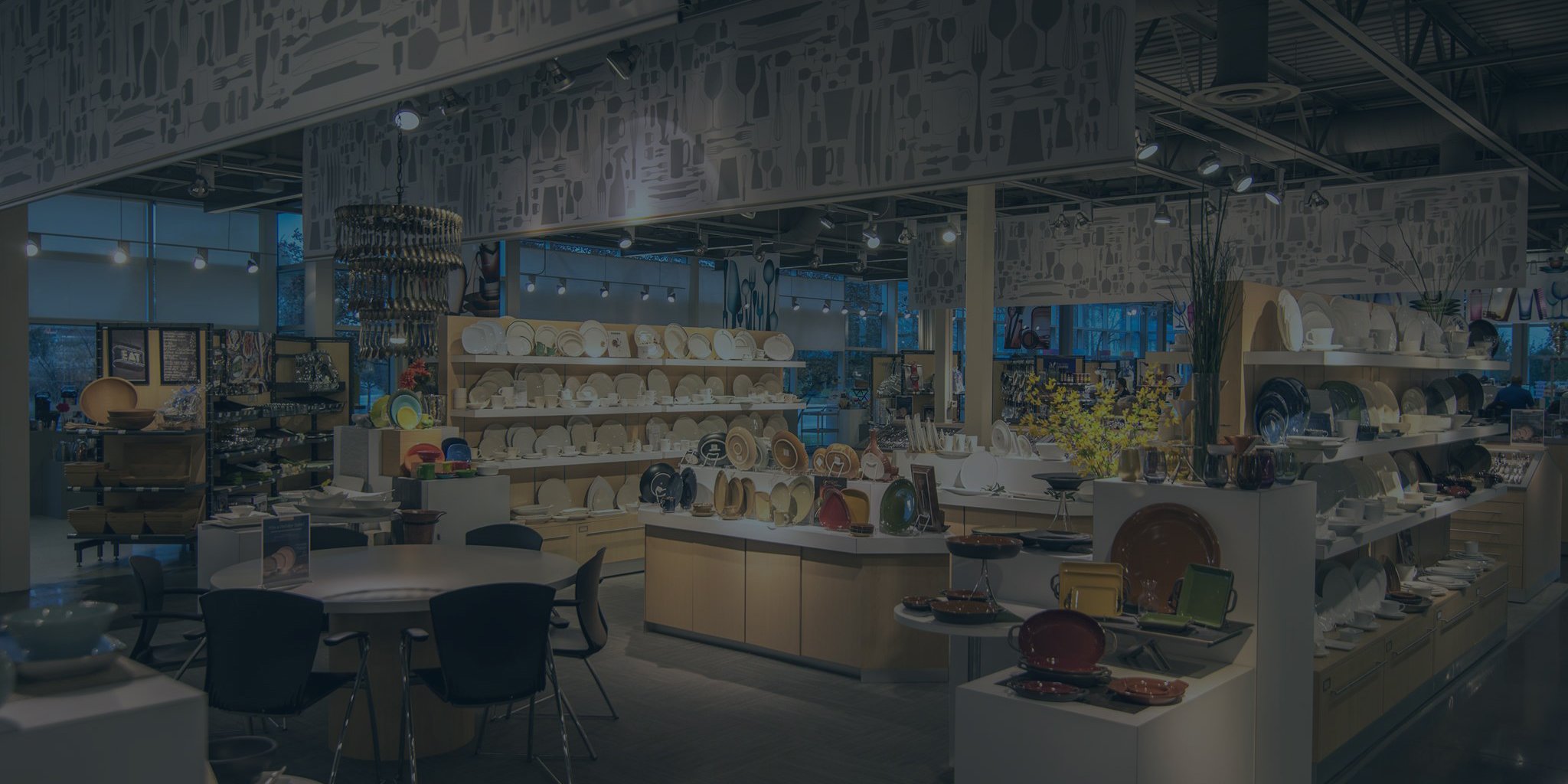According to the United States Department of Agriculture (USDA) there are two types of bacteria that most often affect refrigerated food products: pathogenic bacteria causes food borne illnesses and spoilage bacteria causes foods to deteriorate and develop unpleasant odors, tastes and textures. Pathogenic bacteria grows rapidly when cooling temperatures range between 40 and 140 °F, often referred to as the “Danger Zone”. Because they do not generally affect the taste, smell or appearance of the food, it is often the most difficult to detect. Spoilage bacteria, on the other hand, is capable of growing at low temperatures and provides the warning signs most commonly associated with bad taste and smell.

The federal government estimates approximately 48 million cases of food borne illness annually. However, these illnesses can be prevented through proper storing, cooking, cleaning, and handling of the food we eat; as well as maintaining proper levels of refrigeration. Food safety is important to you and your customers. Advancements in modern refrigeration is providing greater peace of mind when selling refrigerated food products from self-contained units. Through electronic monitoring, safety triggers automatically engage and lock the door of the individual refrigerator or freezer should temperature levels ever rise above safe food standards for a predetermined amount of time. When enabled, this precautionary measure prohibits consumer access to the food products inside these units until proper refrigeration levels have been re-established and all available food products have been closely inspected and verified safe for sale and consumption. Reach-in refrigerators, freezers and display cases designed with automated safety triggers help to ensure that the food being sold is consistently maintained at safe cooling levels; all but eliminating the concerns most commonly associated with food bacteria and food borne illness.
Download our quick reference guide: Automated Refrigeration
.jpg?width=192&name=BLT_Only_Logo_Black%20(19).jpg)


